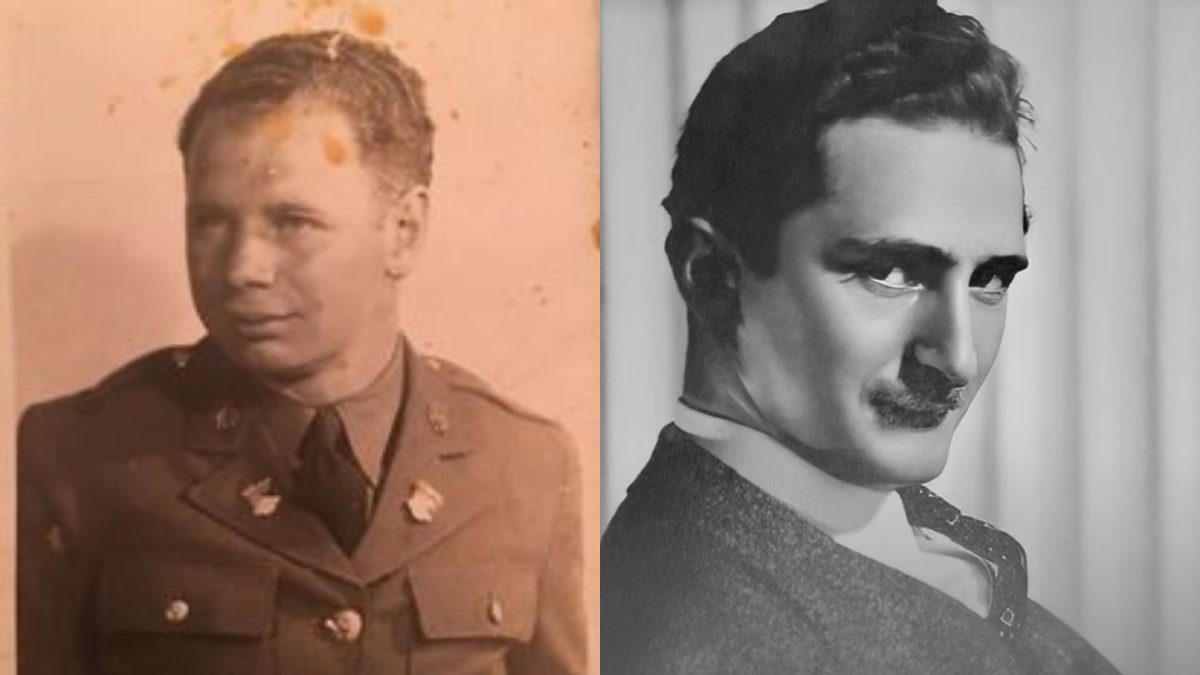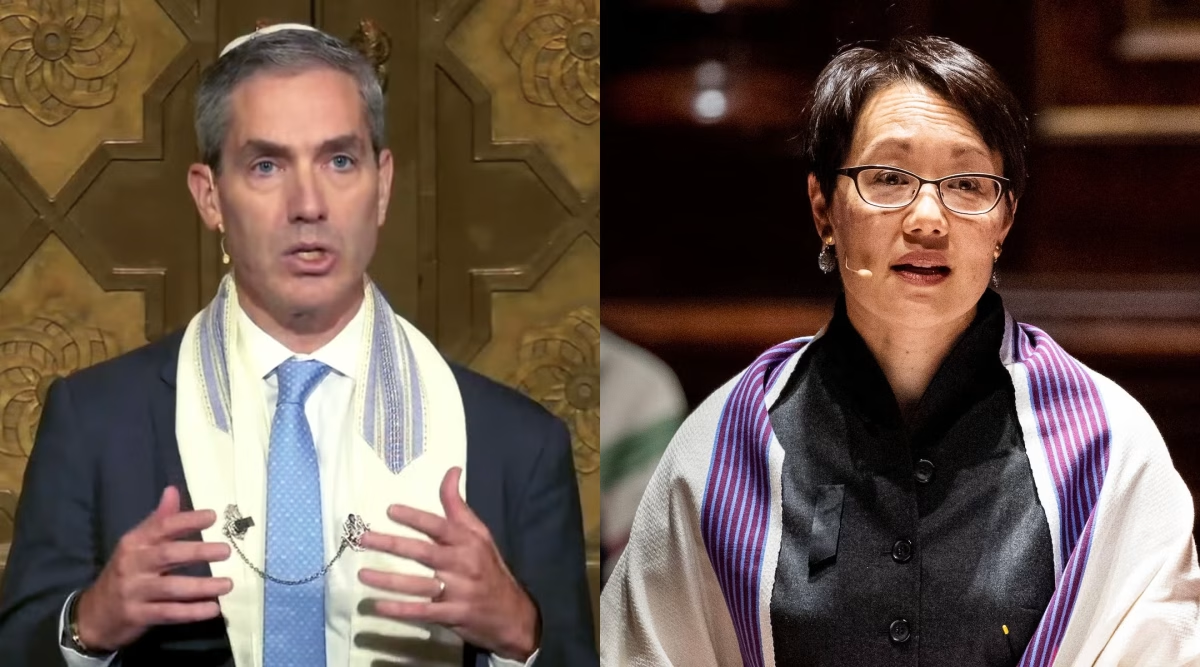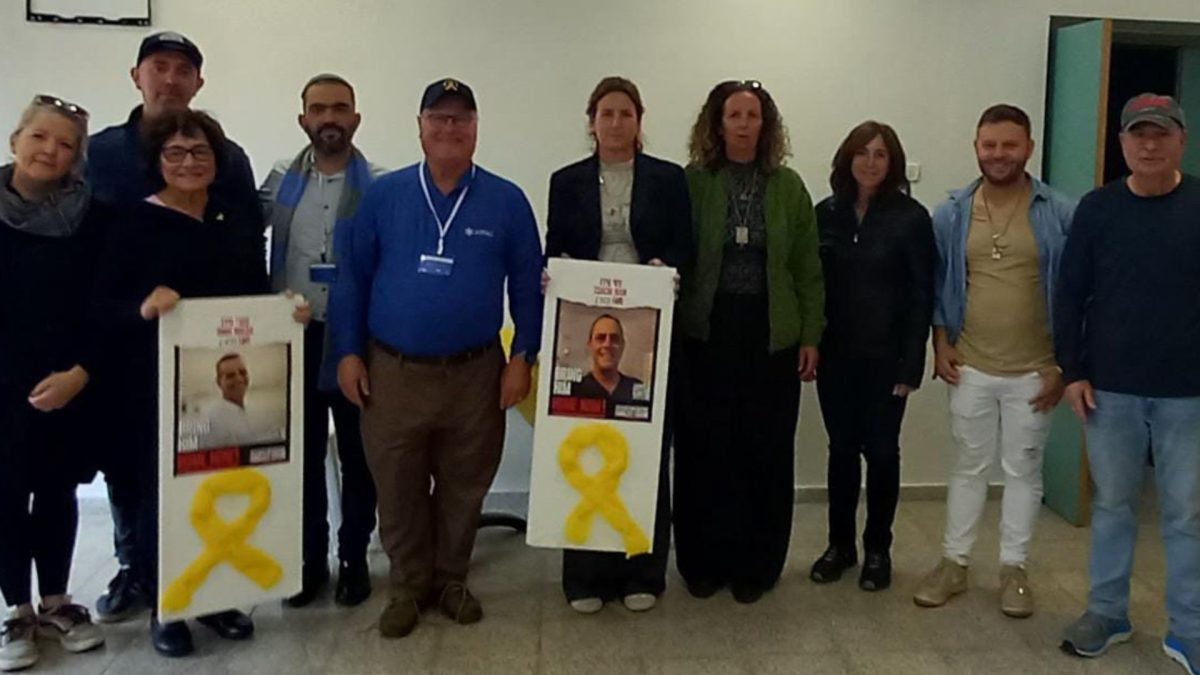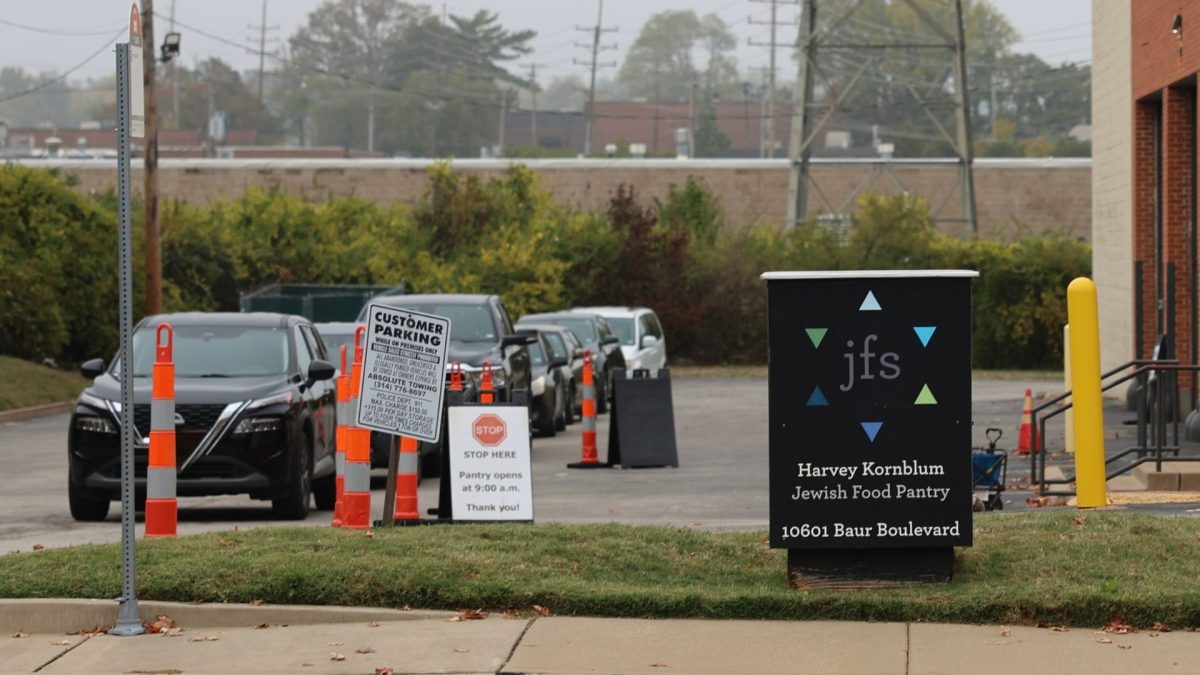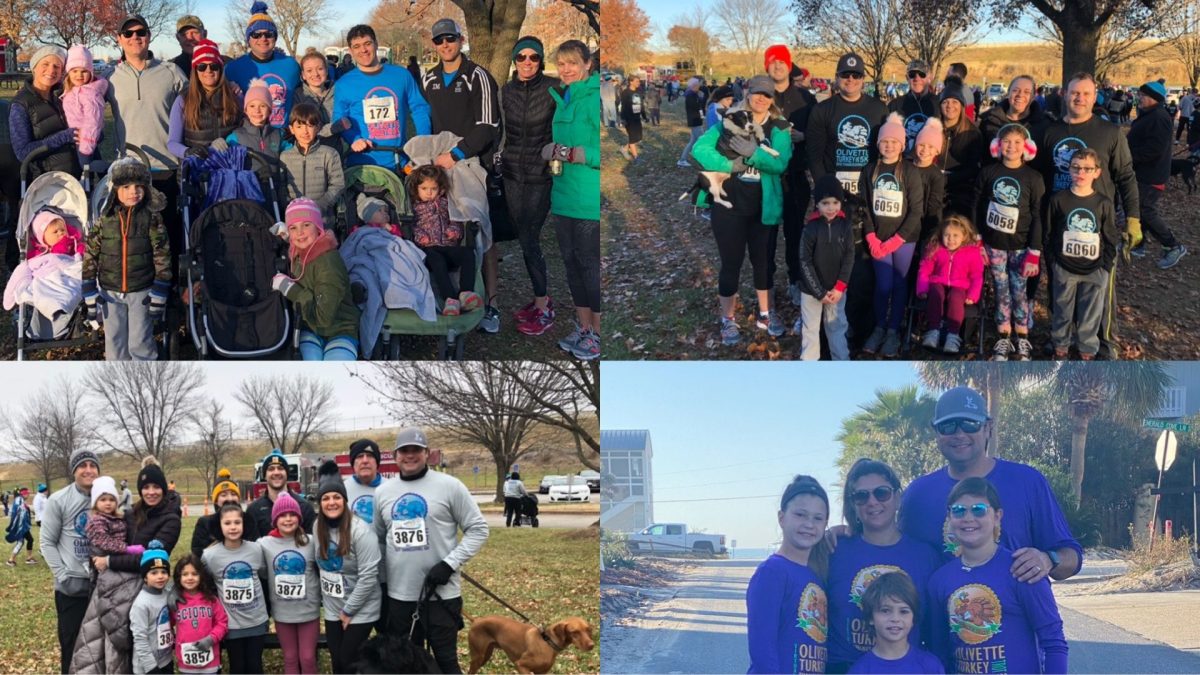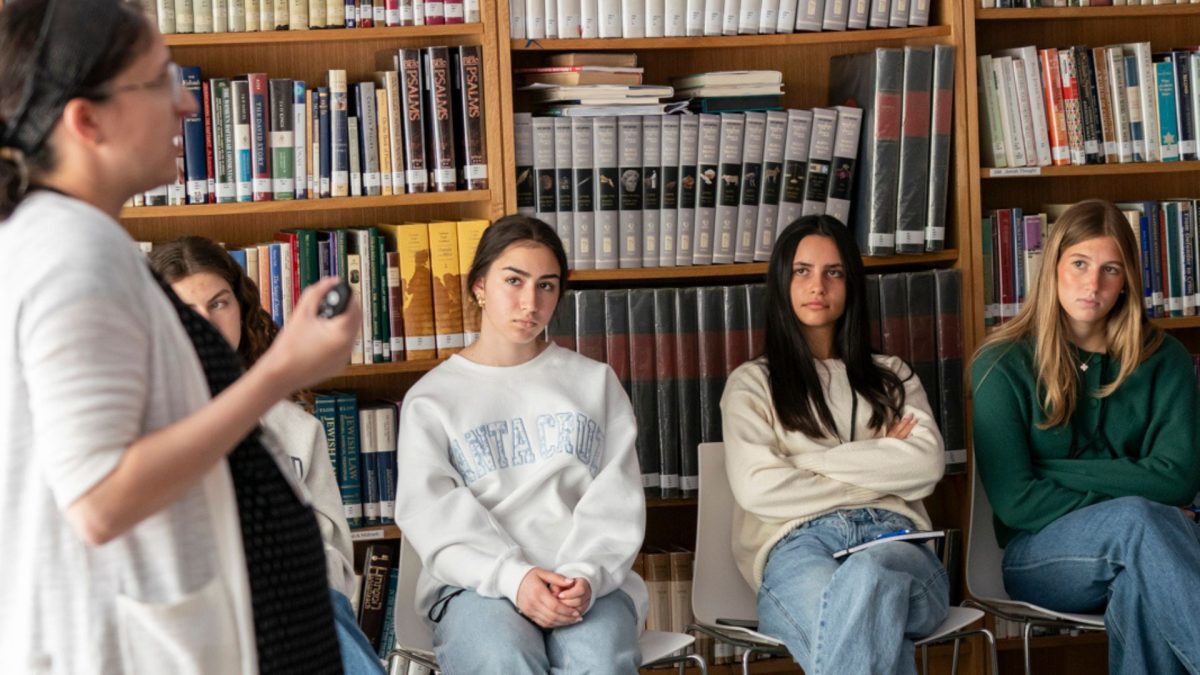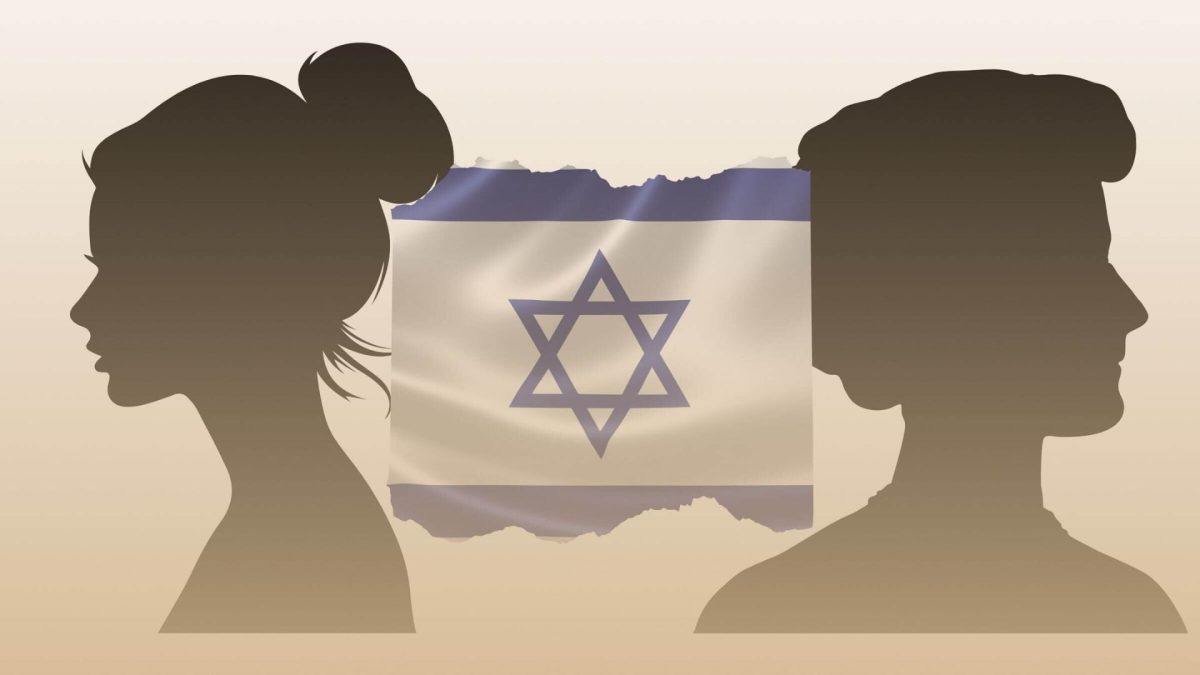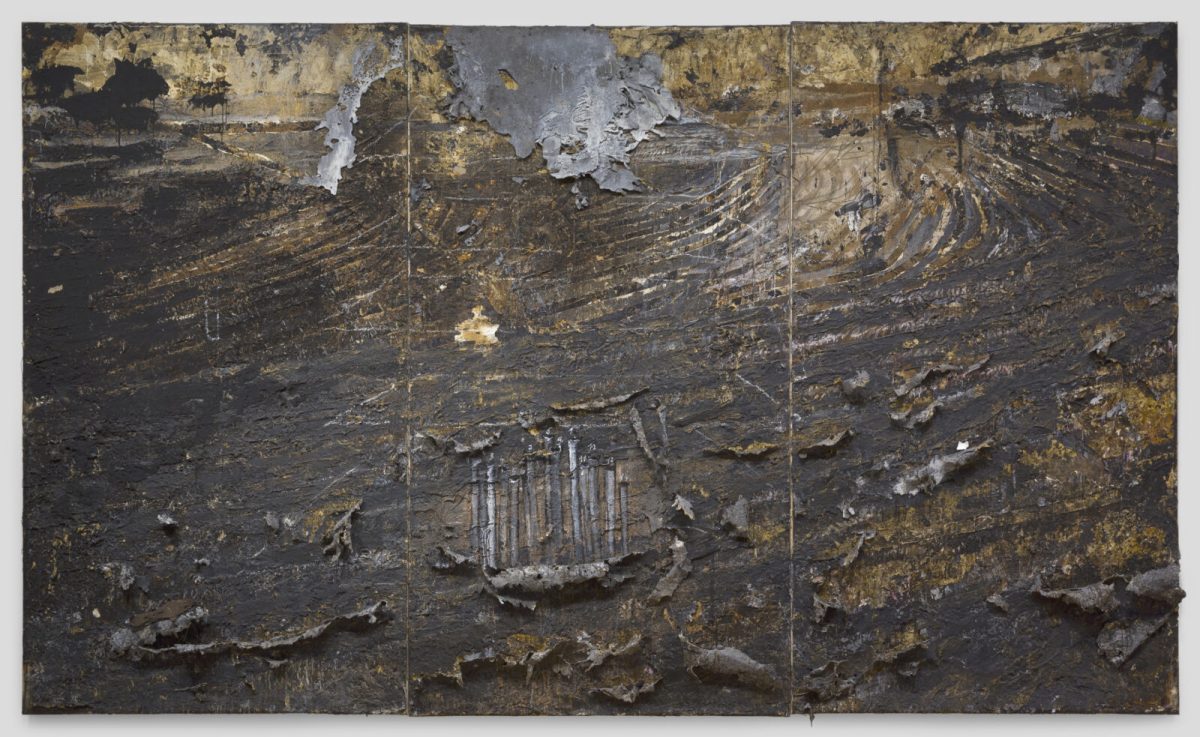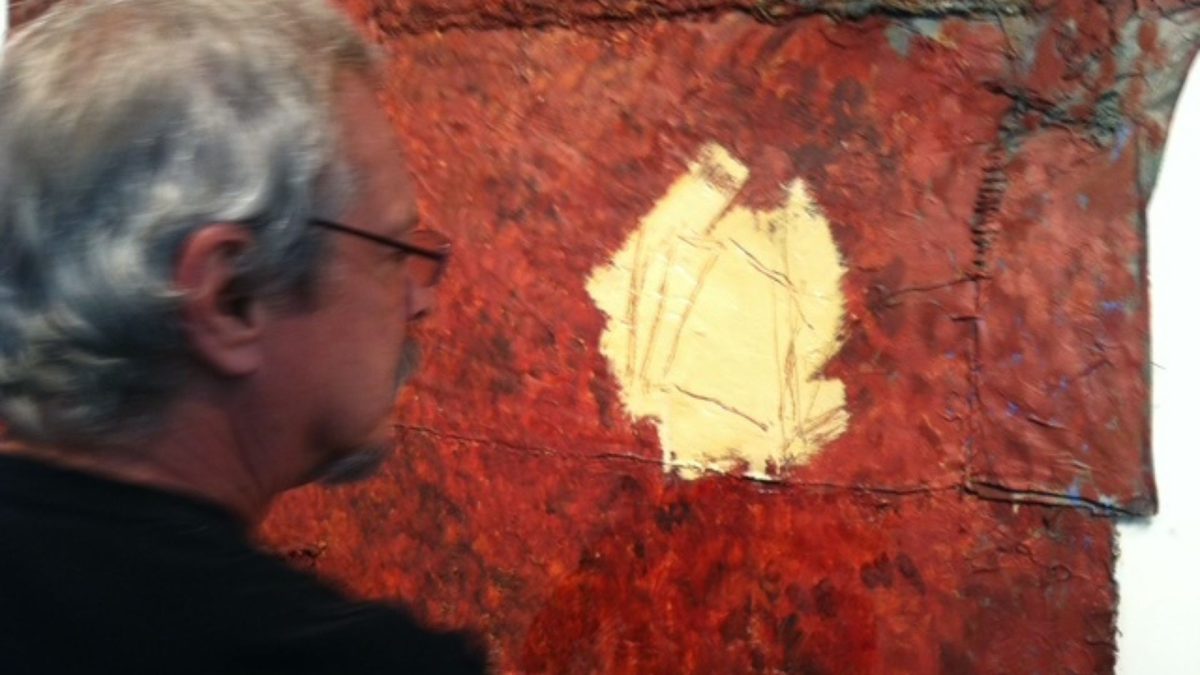As part of its 140th anniversary celebration, Congregation B’nai Amoona is unveiling a newly designed hand-painted sukkah just in time for its Sukkot observance. The sukkah includes vibrant, hand-painted panels created by Samantha Zucker, the synagogue’s graphic design and communications coordinator, who transformed blank panels into a colorful and symbolic work of art.
“When we needed new sukkah panels this year and with our 140th anniversary coming up, it made perfect sense to combine the two,” said Vickie Shuchart, director of strategic operations and communications. “Samantha was the perfect fit for this project.”
A Creative process rooted in symbolism
Zucker’s design process utilized two different spaces within B’nai Amoona.
ADVERTISEMENT
“The first panels were painted in the Bet expansion area behind the sanctuary, which was amazing because I had a ton of space and natural light,” Zucker explained. “The panels were so big that I had to leave half of them rolled up at a time, letting the paint dry before working on the other half.”
The design of the panels was largely sketched in advance, with Zucker using a warm, autumn-inspired color palette that reflects the season of Sukkot.
“I wanted the colors to be warm and autumnal to match the symbols I chose,” she said. “It was exciting to see how vibrant the colors looked in the natural light.”
When the synagogue needed to use the Bet area for other purposes, Zucker relocated to a classroom near the Mirowitz connection.
“It was a hassle to move everything across the building,” she noted, “but flexibility was key.”
ADVERTISEMENT
Zucker’s tools were as creative as her approach. She used cardboard boxes to create large stencils for the symbols featured in her designs. One of the central elements on the panels is the number “140,” commemorating B’nai Amoona’s anniversary. “I actually drew the 140 symbol by hand, replicating my logo design,” she said. “It even has transparent parts to let the colors pop through.”
The interconnectedness of design
Zucker’s artistic approach reflects a message of interconnectedness, one she hopes will resonate with the community.
“For the second, third, and fourth panels, I improvised the designs,” she explained. “I alternated the colors and positions of the symbols for variety, and I worked hard to ensure none of the same colors touched.”
The panels were painted in sections, with Zucker rolling and unrolling the canvas as she worked.
“It was like a mental puzzle,” she said. “I lined up the end of each panel with the next one to create a fluid design. I wanted the overall look to be cohesive and to tie into the theme of interconnectedness of the Jewish people.”
A personal connection to the sukkah panels
One of the most interesting elements of Zucker’s process was her development of a personal “uniform” while painting. Her overalls, which became a recognizable staple around the synagogue, served as both a practical outfit and an unexpected canvas.
“I tended to wipe my hands right on the overalls instead of using a rag, and they became a sort of artwork of their own,” she said with a laugh. “Now I have them as a wonderful relic of my time painting the sukkah!”
Her headphones were another key part of her uniform, helping her stay focused and engaged during the long hours spent painting. “I listened to hours of music and podcasts,” Zucker said. “The big headphones were perfect—no chance of a loose AirPod falling into the paint!”
Looking forward to Sukkot
As B’nai Amoona begins its Sukkot celebration, the newly installed sukkah panels are now on full display in the Goldberg/Dalin Sukkah in the Spitzer Sukkah Garden, having been set into their frame on Oct. 13. For Zucker, the project has been both a challenge and a joy.
“I’m so proud of how it turned out, and I can’t wait for the community to see it,” she said. “It’s been an incredible experience to be part of something that celebrates B’nai Amoona’s 140th anniversary.”



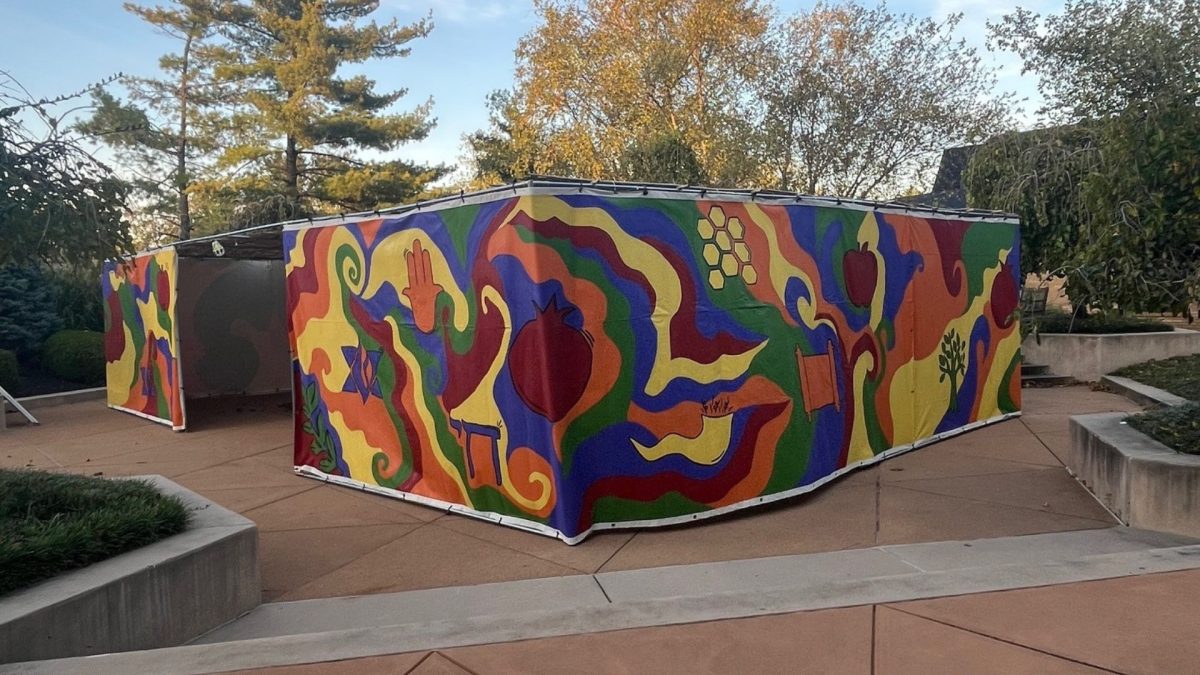


![1[13]](https://stljewishlight.org/wp-content/uploads/2024/10/113-1200x900.jpg)
